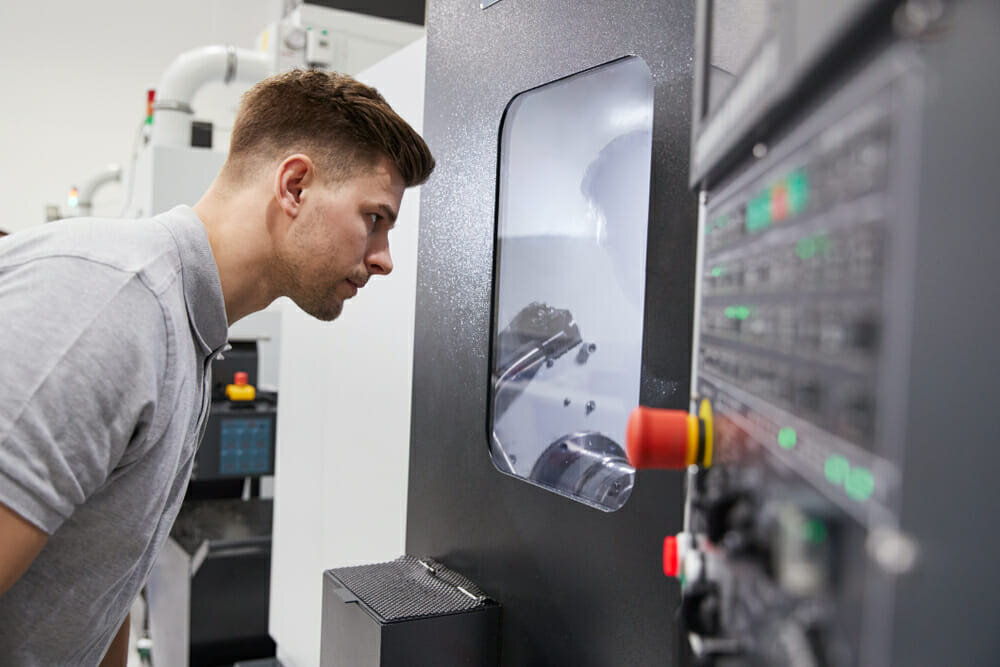Customers are looking for tailored products to suit their needs, wants and individual preferences. In response, the manufacturing industry is adapting for new desires.
This article will look at how personalization is transforming the manufacturing industry, and at times, driving innovation within the sector.

Industry 5.0
Industry 5.0 has seen a shift towards the customization and personalization of products to meet the changing needs and wants of customers.
Previously, in Industry 4.0, personalization was limited. Instead, the focus was placed on standardization of products at the core of the industry. This meant there were few options for manufacturers to create custom options for consumers, but the move to industry 5.0 has seen the influence of technologies make this more commonplace.
Let’s look at how the industry is changing and explore how technology and other factors are driving innovation within manufacturing.
The technology driving innovation
One thing helping to drive the change in manufacturing is digital technologies. As a result, manufacturers can quickly modify the design of products – this cuts cost as well as significant time compared to more traditional methods of product prototyping.
Additive Manufacturing, commonly known as 3D printing, is the process that creates a physical object with the digital layering of materials. In many places it has replaced manual drafting and is commonly used in architecture and engineering. With this, designs can be evolved easier than previously, allowing customization of products and improvements in product design and quality.
Additionally, advances in digital twin technology are benefiting the manufacturing industry. This allows manufacturers to create a virtual representation of a product or offering, using real-time data and analysis to map out potential lifespan and usability. By doing this, manufacturers can easily play around with designs and concepts, meaning that they can offer personalization or variations of the product once it goes on sale.
These technologies, coupled with the enhancement in data analytics, allows manufacturers to use real life data to try out changes to designs, or customizations people want. Harnessing the available technology to drive real change, manufacturing businesses can tailor to customer demands.
Other factors influencing change
Aside from technology, other factors influencing change and innovation include the demands and expectations of your customers. As well as products, traditional services are no longer enough to satisfy customer needs, and an exceptional and personal experience is often expected. Customized products can range from anything to anything – kitchen worksurfaces, flooring designs, and even the design of items around the home and office, such as electrical enclosure boxes.
With customers demanding more, manufacturers and the industry are having to do more to stay ahead of competitors. Coupled with the tech advancements we have explored, the shift in customer demands has led to the industry changing. As customers do not expect to pay a great deal more for non-standard products, the customer demand must be coupled with the advances in technology, in order for manufacturers to create a cost-effective and fit-for-purpose solution.
The benefits
As we have seen, customer expectation changes and available technology have led to innovation and changes across manufacturing. Benefits of the changes include reductions in costs and time when offering a product or a service is something that the implementation of technology will help with.
Additionally, although customers often expect it, offering personalized products and services will help increase customer satisfaction and boost loyalty. Offering what customers want will naturally see an upturn in sales, and this can lead to a competitive advantage amongst rival organizations.
By offering unique product ranges, you can elevate yourself above the competition, producing something that customers want. Utilizing the technology available, as well as compiling and using relevant, real-time data, can build an understanding of your customer base and ultimately lead to successful business performance and a satisfied customer base.
Sources
Three Trends Driving Change For Industrial Manufacturers In 2021 (forbes.com)
(15) Industry 5.0: The Era of Customization and Personalization | LinkedIn
Additive Manufacturing | What Is Additive Manufacturing? | Autodesk








